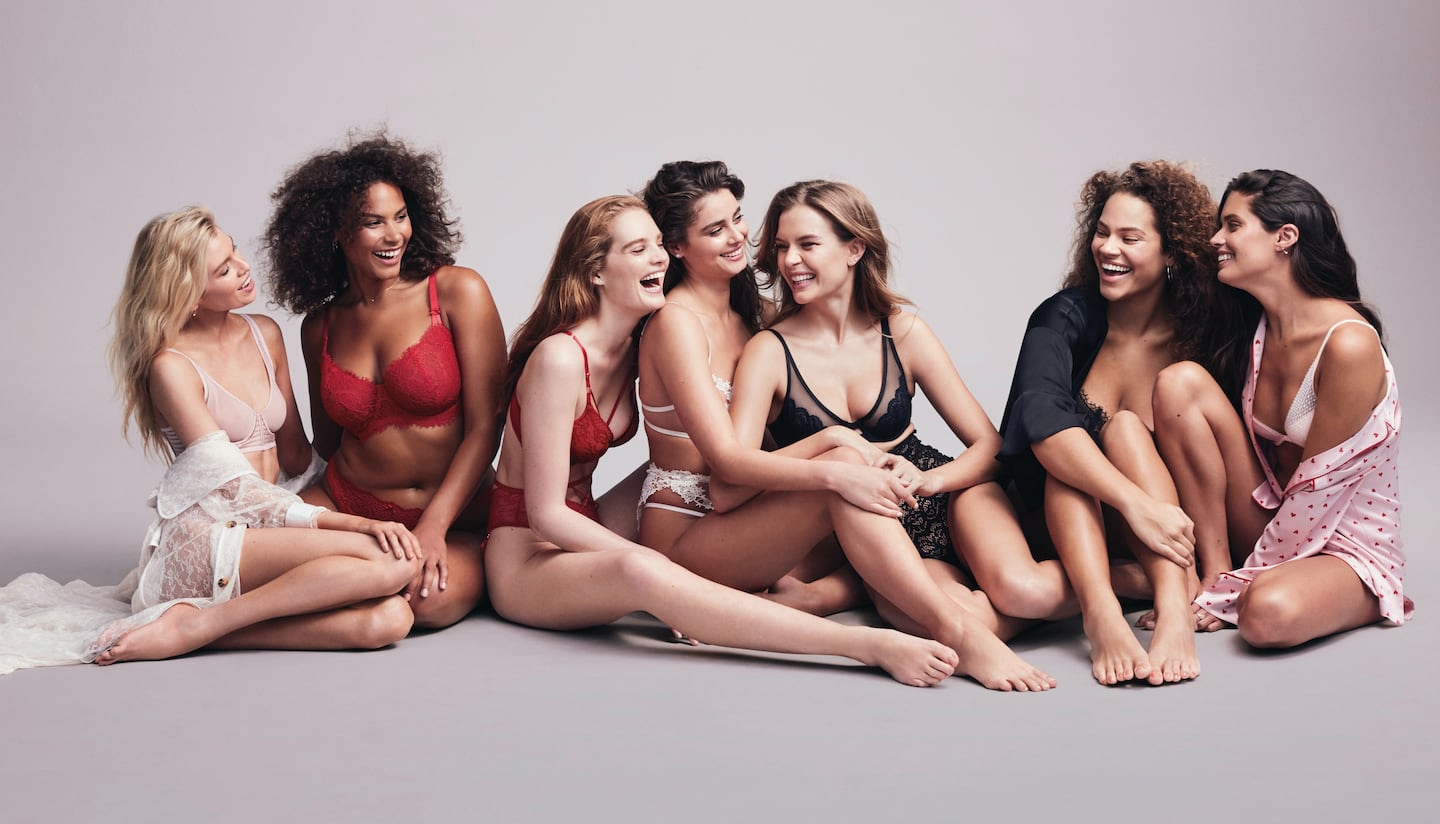
The Business of Fashion
Agenda-setting intelligence, analysis and advice for the global fashion community.

Agenda-setting intelligence, analysis and advice for the global fashion community.

Victoria’s Secret looked like it might pull off the impossible: engineer a tentative turnaround for its battered brand despite the pandemic. That wasn’t enough to save its CEO.
Parent company L Brands abruptly replaced John Mehas with the head of its international division, Martin Waters, as the lingerie label’s chief on Wednesday, ousting him after less than two years in the role.
It’s the second major reshuffle at a major American fashion brand in as many days as the pandemic takes its toll on the industry’s executive ranks: Mehas’ predecessor, Jan Singer, lost her job at J. Crew earlier in the week.
Mehas, who joined Victoria’s Secret from Tory Burch, has not had an easy time in the top job. He was appointed to oversee a turnaround at the ailing lingerie brand, but for much of his tenure, the company looked like it was flailing.
ADVERTISEMENT
It cancelled its lavish and televised annual runway show last November amid broader criticism of the company’s culture and portrayal of women. L Brands’ founder Les Wexner stepped down a few months later following controversy over his ties to convicted sex offender Jeffrey Epstein. A plan to sell the company to private equity firm Sycamore Partners fell through when the pandemic hit, and in May the lingerie brand announced it would close 250 of its more than 1,000 stores in North America
But more recently, Victoria’s Secret and its parent company L Brands looked like they might be starting to pull off a recovery, with sales beating expectations for the last two quarters. Nonetheless, analysts remain sceptical.
“There wasn’t much progress with Victoria’s Secret” under Mehas, said Neil Saunders, managing director for GlobalData Retail. “There was a degree of scandal on his watch… He wasn’t associated with the [allegations] but they did come forward on his watch.”
Mehas’ departure is part of a wider reshuffle as the brand grapples for surer footing during an intensely uncertain time. Lingerie entrepreneur Janie Schaffer will take over as chief design officer, reprising a role she held at the brand between 2008 and 2012. Meanwhile, the company has also appointed a new head of human resources and head of North American retail.
I just hope they bring some fresh thinking.
“This is a huge undertaking,” said Lee Peterson, a retail consultant who worked at L Brands in the 1980s when it was still known as The Limited Stores (L Brands rebranded to its current name in 2010). “The company clearly wants a fresh perspective all the way across the board from stores to human resources.”
It’s a tough one, too. The pandemic is radically rewiring the retail landscape and accelerating the shift to digital sales channels. Victoria’s Secret, long criticised for its old-school attitude to women, has an equally antiquated business model.
On top of navigating the current retail crisis, the company must also finally execute a rebrand to rid itself of long-established associations with an outdated view of female beauty. The company’s decline was characterised by its refusal to shift away from a hypersexualised image, creating openings for underdogs like American Eagle’s Aerie or Rihanna’s inclusivity focused Fenty x Savage to chip away at its market share.
“There are still issues for Victoria’s Secret in terms of brand invention and that’s what the new CEO needs to look at and start to change,” said Saunders. “I just hope they bring some fresh thinking.”
ADVERTISEMENT
Related Articles:
For Lingerie Brands, Taking on Victoria’s Secret Is Harder Than It Looks
The Victoria’s Secret Opportunity
The Inner Workings of Victoria’s Secret: A Chairman and His Circle
As the German sportswear giant taps surging demand for its Samba and Gazelle sneakers, it’s also taking steps to spread its bets ahead of peak interest.
A profitable, multi-trillion dollar fashion industry populated with brands that generate minimal economic and environmental waste is within our reach, argues Lawrence Lenihan.
RFID technology has made self-checkout far more efficient than traditional scanning kiosks at retailers like Zara and Uniqlo, but the industry at large hesitates to fully embrace the innovation over concerns of theft and customer engagement.
The company has continued to struggle with growing “at scale” and issued a warning in February that revenue may not start increasing again until the fourth quarter.